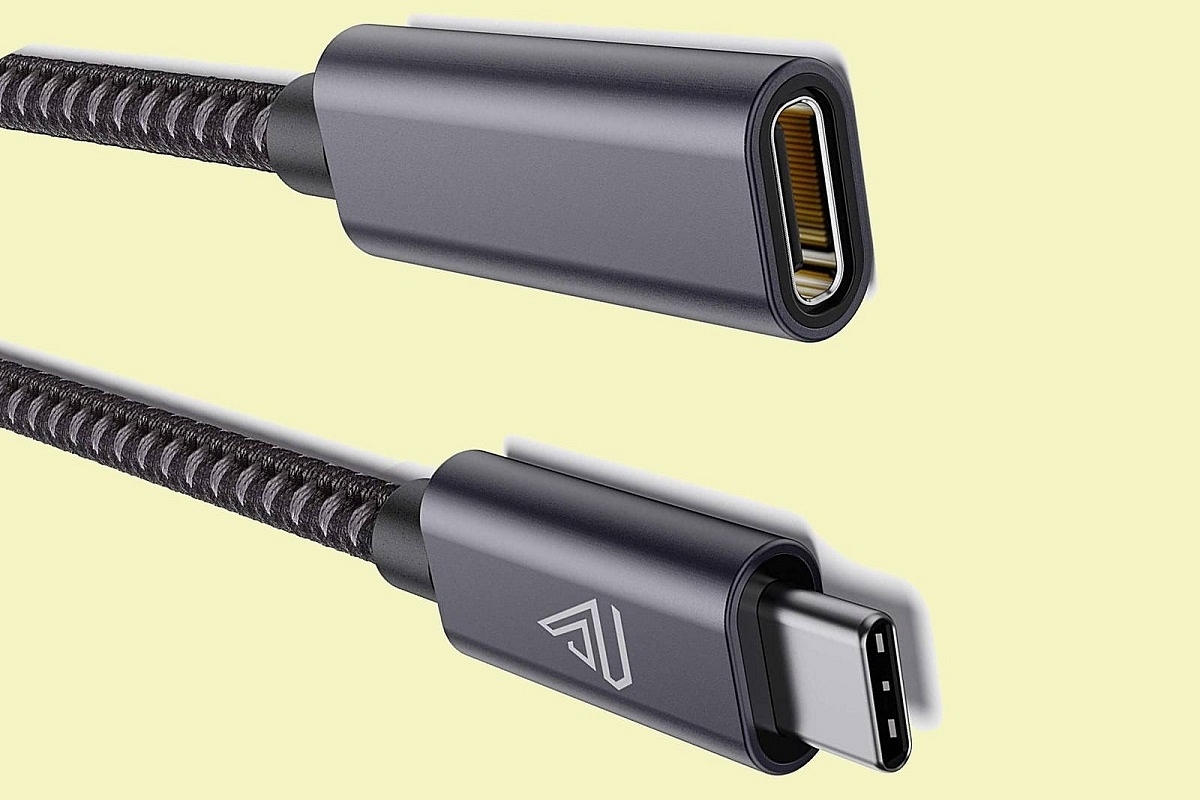Tech
BIS' New Standards To Pave Way For Common Chargers, Reception Of Free-To-Air Channels Without Set-Top Box

USB Type C charging.
The Bureau of Indian Standards (BIS) has released three new standards in the field of electronics, aimed at improving the functionality and sustainability of devices in India.
The first standard is for digital television receivers with built-in satellite tuners, which will allow the reception of free-to-air TV and radio channels without the need for a set-top box.
The standard, according to the Ministry of Consumer Affairs, will facilitate the transmission of government initiatives, educational content, and cultural programs to a wider segment of the population.
At present, viewers in India must use a set-top box to access both paid and free channels.
With the phasing out of analog transmission by Doordarshan, the national broadcaster, free-to-air channels will be transmitted digitally via satellite. The new standard will enable the reception of these channels without the need for a set-top box.
The second standard is for USB Type C receptacles, plugs, and cables, which will provide a common charging solution for electronic devices. This will reduce the need for multiple chargers, saving consumers money and reducing e-waste.
The standard is based on the existing international standard IEC 62680-1-3:2022. It will be applicable to devices such as mobile phones, laptops, and notebooks.
"This would facilitate in reduction in number of charger per consumer as consumers will no longer need to buy different chargers every time they buy a new device," the ministry said.
The third standard is for video surveillance systems, which are widely used to capture any unwanted activity.
The new standard, IS 16910, is based on the international standard IEC 62676 series and provides guidelines for the installation and performance of these systems.
It will assist customers, installers, and users in establishing their requirements and choosing the appropriate equipment for their intended applications, as well as evaluating the performance of the systems objectively.
The standard aims to make video surveillance systems more secure, robust, and cost-effective.
Support Swarajya's 50 Ground Reports Project & Sponsor A Story
Every general election Swarajya does a 50 ground reports project.
Aimed only at serious readers and those who appreciate the nuances of political undercurrents, the project provides a sense of India's electoral landscape. As you know, these reports are produced after considerable investment of travel, time and effort on the ground.
This time too we've kicked off the project in style and have covered over 30 constituencies already. If you're someone who appreciates such work and have enjoyed our coverage please consider sponsoring a ground report for just Rs 2999 to Rs 19,999 - it goes a long way in helping us produce more quality reportage.
You can also back this project by becoming a subscriber for as little as Rs 999 - so do click on this links and choose a plan that suits you and back us.
Click below to contribute.
Latest